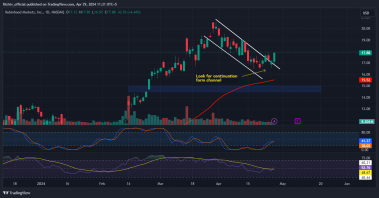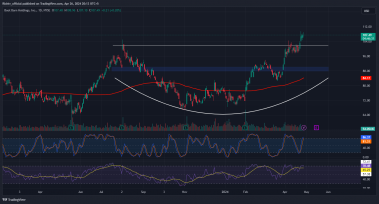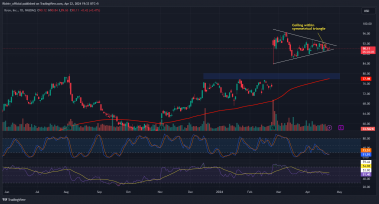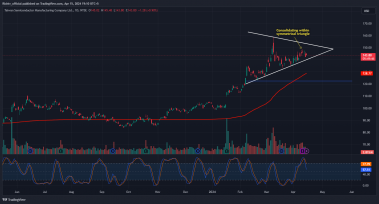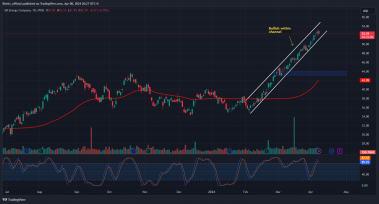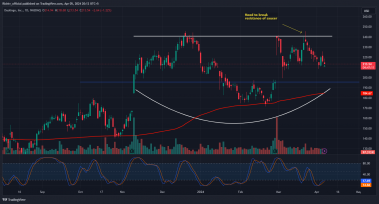Wells Fargo (WFC: NYSE)
Wells Fargo (WFC) is navigating through its challenges with strategic measures and regulatory compliance, positioning itself for resilience and growth in the financial services sector.
Despite an increasing net charge-off ratio, WFC has diversified its business segments, which are expected to offset any adverse impacts. Investors are gaining confidence in banks’ ability to weather economic downturns, and WFC’s Tier 1 capital ratio exceeding regulatory requirements reflects its robust financial health.
Moreover, WFC’s proactive approach to regulatory compliance, evident in its adherence to Basel III standards, demonstrates its commitment to stability and risk management. This readiness not only ensures resilience in the face of economic disruptions but also enhances investor confidence.
The recent dividend raise, following successful stress tests by the Federal Reserve, underscores WFC’s commitment to shareholder value. The enhanced quarterly payout is likely to attract more institutional investors, bolstering demand for WFC stock.
Given these factors, a bullish outlook is justified for WFC, particularly above the $49.00-$50.00 threshold. An upside target of $75.00-$77.00 reflects the potential for substantial appreciation as WFC continues to strengthen its position in the financial services industry.
Marathon Oil (MRO: NYSE)
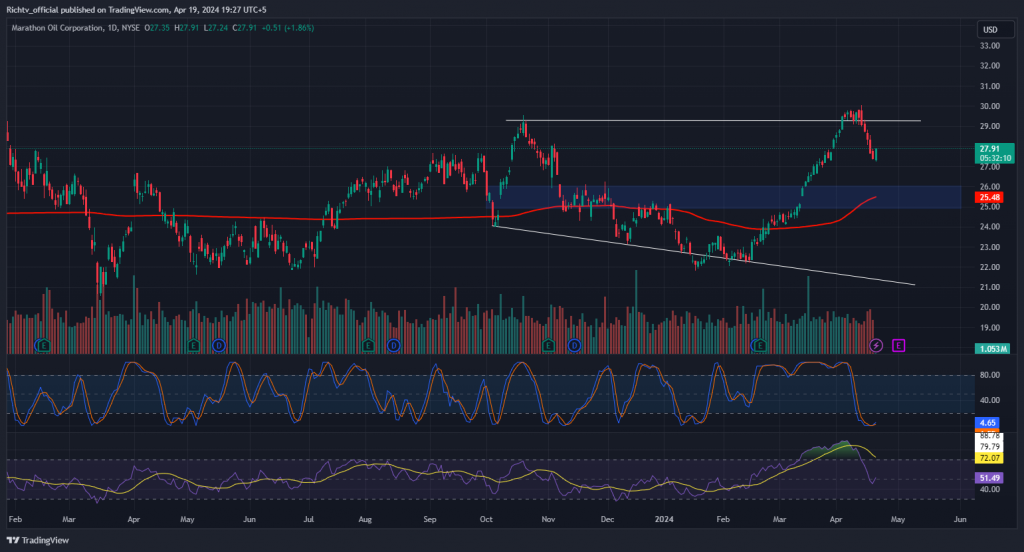
Marathon Oil (MRO) is strategically positioning itself for growth and sustainability in the energy sector, leveraging key initiatives and achievements to drive shareholder value.
The firm LNG sales agreement with Glencore Energy UK for natural gas from the Alba Field enhances MRO’s market positioning, particularly in capturing European oil demand. This initiative aligns with MRO’s broader strategy to capitalize on emerging opportunities in the energy market.
MRO’s commitment to safety and environmental excellence, exemplified by surpassing GHG intensity reduction goals and improving gas capture rates, underscores its ESG leadership. These achievements not only enhance MRO’s reputation but also attract investments from ESG-focused funds, contributing to stock price appreciation.
The company’s differentiated CFO-driven framework, aiming to return at least 40% of adjusted cash from operations to shareholders, demonstrates its commitment to delivering value to investors. This focus on cash flow generation provides a bullish outlook for MRO’s growth prospects and enhances investor confidence.
Moreover, MRO’s efforts to strengthen its balance sheet by reducing gross debt and achieving positive free quarterly cash flow further solidify its financial position. These initiatives bolster MRO’s resilience and flexibility in navigating market challenges and pursuing growth opportunities.
With these factors in mind, a bullish stance on MRO is justified, particularly above the $25.00-$26.00 threshold. An upside target of $36.00-$38.00 reflects the potential for significant appreciation as MRO continues to execute its strategic initiatives and capitalize on favorable market dynamics in the energy sector.
Chainlink (LINKUSDT)
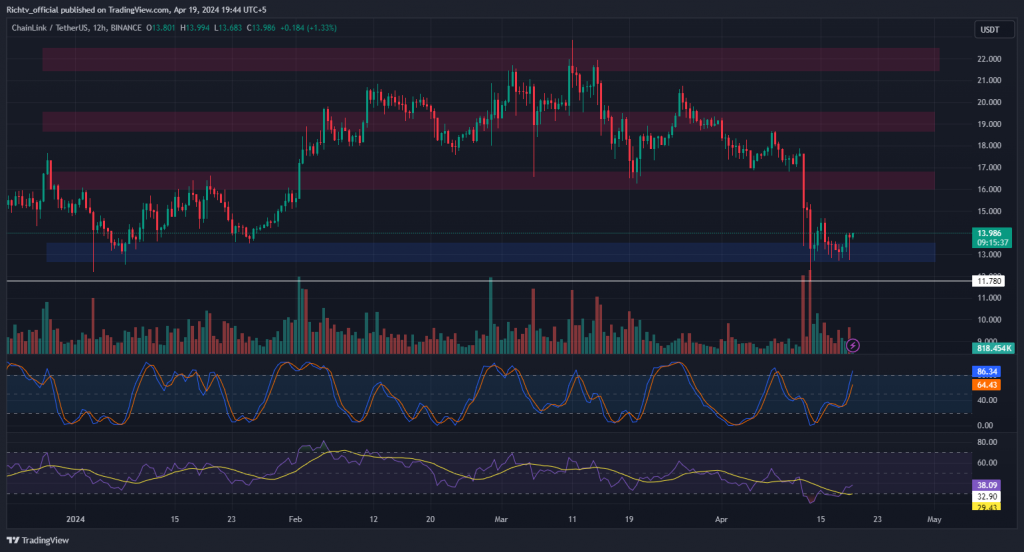
Trading Chainlink (LINK) while it is positioned at a support level and exhibiting positive indicators seems like a sound strategy.
Entering a trade within the range of $12.75 to $13.50 at the current support level aligns with the potential for an upward movement. Profit-taking targets have been identified at $16.00 to $16.75 or $18.65 to $19.50, representing areas where resistance may be encountered and profits realized.
To manage potential losses, a stop-loss order has been set just below $11.78. This risk management measure aims to limit losses in case of a reversal in price action below the support level.
Traders should closely monitor market conditions and adjust their strategies as needed. By remaining vigilant and adaptable, traders can capitalize on potential opportunities while mitigating risks effectively.
Polkadot (DOTUSDT)
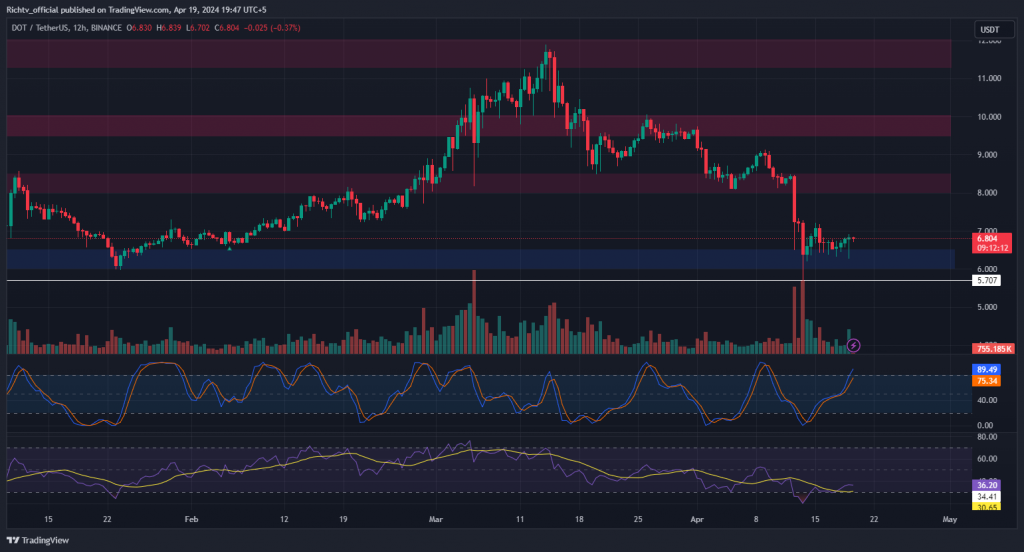
Considering the broader correction across the market, Polkadot (DOT) appears to have consolidated at a significant support level for approximately five days. This consolidation presents a low-risk opportunity for a long trade.
Initiating a trade within the range of $6.00 to $6.50 at the current support level seems prudent. Profit-taking targets have been identified at $8.00 to $8.50 or $9.50 to $10.00, representing potential areas where resistance may be encountered and profits realized.
To manage potential losses, a stop-loss order has been set just below $5.70. This risk management measure aims to limit losses in case of a reversal in price action below the support level.



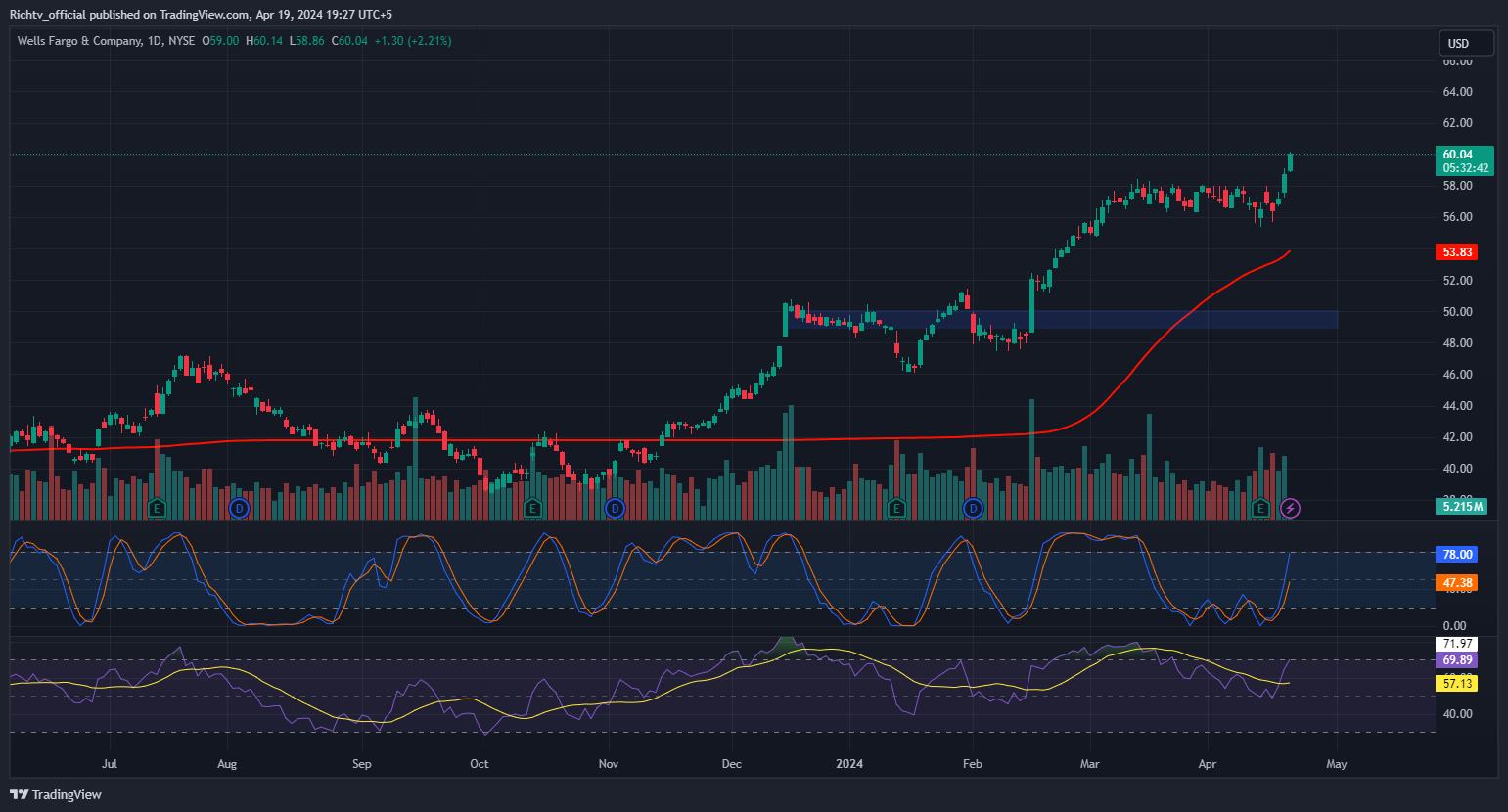
 By:
By:
